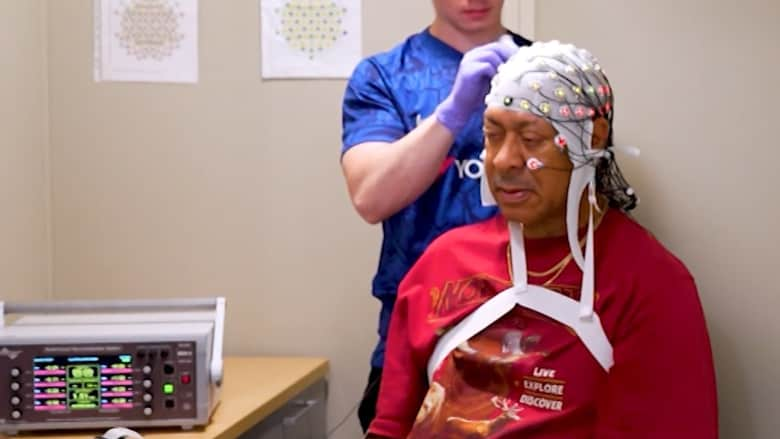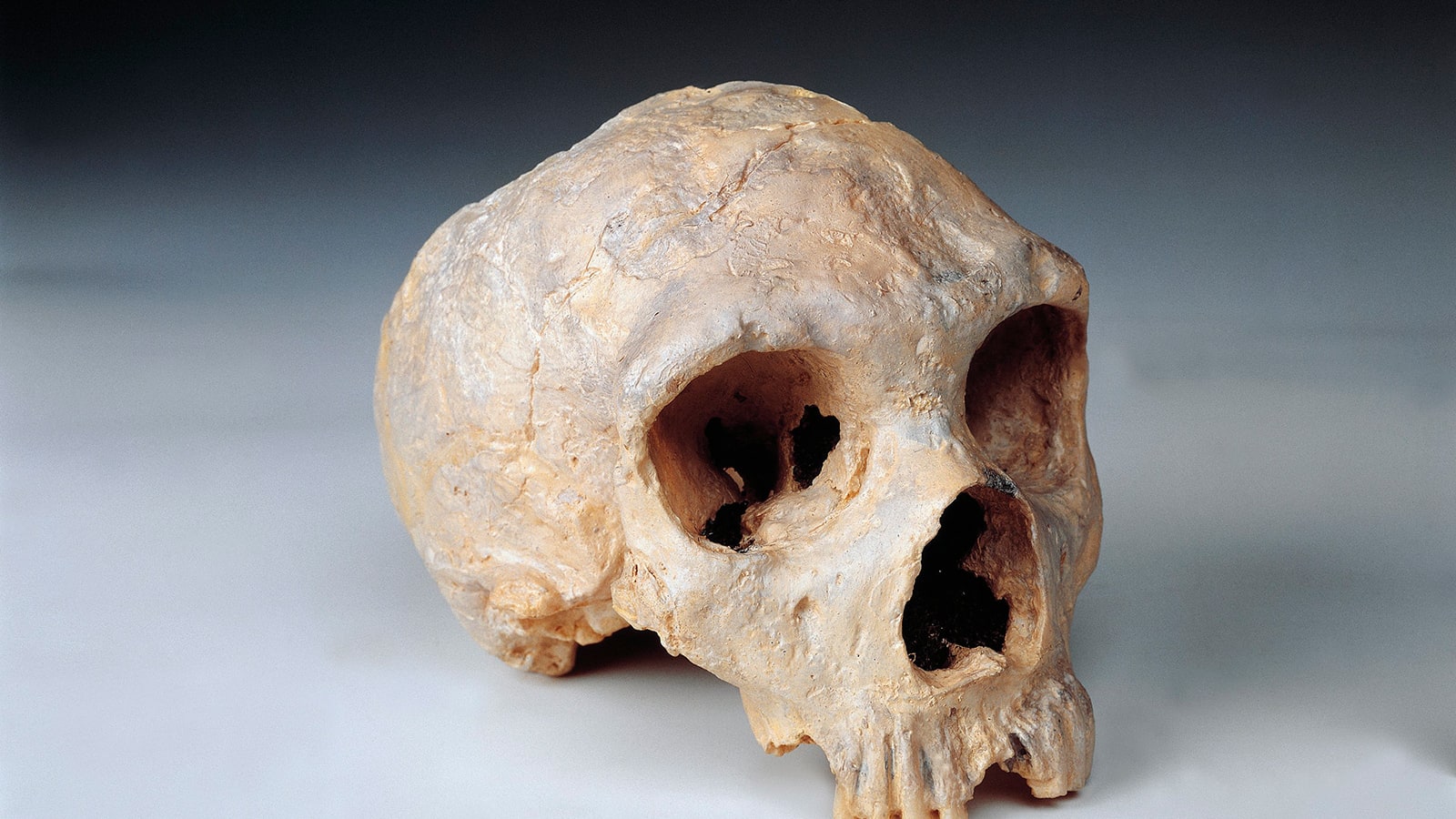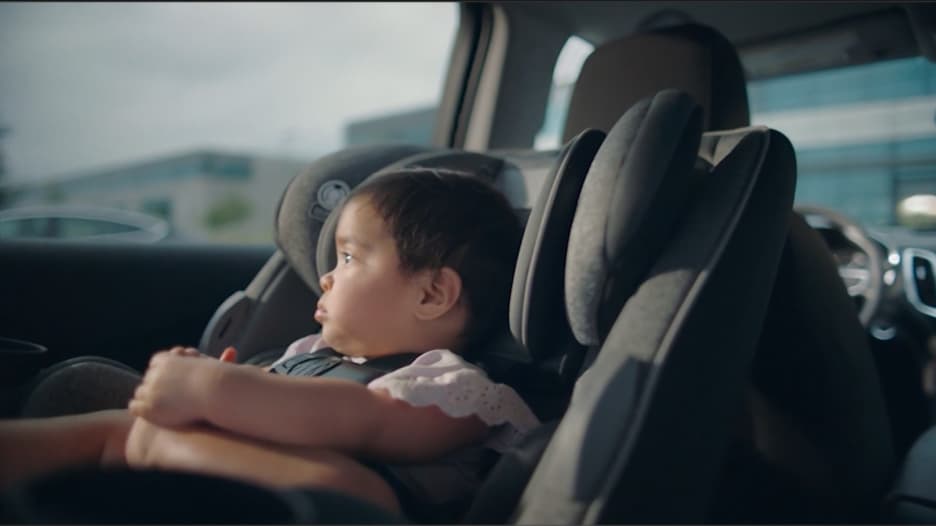دبي، الإمارات العربية المتحدة (CNN)-- نتيجةً لدراسة الجماجم المتحجّرة، يعرف العلماء أن حجم دماغ إنسان "نياندرتال" كان يُساوي حجم دماغ الإنسان الحديث، إن لم يكن أكبر بقليل. ومع ذلك، لا يعلم الباحثون الكثير بشأن تطوّر دماغ إنسان "نياندرتال"، لأن الأنسجة الرخوة لا تُحفظ بشكلٍ جيّد في السجل الأحفوري.
وحاليًا، كشفت دراسة مثيرة للاهتمام نُشرت في 8 سبتمبر/أيلول عن اختلاف من المحتمل أنه أعطى الإنسان الحديث، أو الإنسان العاقل، أفضليّة معرفيّة على إنسان "نياندرتال"، وهم أشباه البشر الذين عاشوا في أوروبا، وأجزاء من آسيا في العصر الحجري، وذلك قبل انقراضهم منذ حوالي 40 ألف عام.
وقال علماء في معهد "ماكس بلانك" لبيولوجيا الخلايا الجزيئيّة، وعلم الوراثة في ألمانيا، إنهم حدّدوا طفرة جينيّة أدّت إلى تكوين أسرع للخلايا العصبية في دماغ الإنسان العاقل.
ويختلف البديل البدائي للجين المعني، والمعروف باسم "TKTL1"، عن البديل لدى الإنسان الحديث بحمض أميني واحد.
وقال مؤلف الدراسة، والأستاذ، والمدير الفخري في المعهد، ويلاند هوتنر: "حدّدنا الجين الذي يساهم في جعلنا بشرًا".
وعند إدخال نسختين من الجين في أجنّة الفئران، وجد فريق البحث أن البديل الذي يتمتّع به الإنسان الحديث لهذا الجين أدّى لزيادة نوع معيّن من الخلايا التي تصنع الخلايا العصبية في منطقة القشرة المخية الحديثة في الدماغ.
واختبر العلماء أيضًا البديلان في أجنّة حيوانات النمس، وأنسجة مخ مزروعة في المختبر، ومصنوعة من خلايا جذعية بشرية تُدعى عضيّات، ذات نتائج مماثلة.
واستنتج الفريق أن هذه القدرة على إنتاج المزيد من الخلايا العصبية من المحتمل أن تعطي الإنسان العاقل ميزة معرفية لا علاقة لها بالحجم الكلّي للدّماغ، ما يُشير إلى أن الإنسان الحديث يتمتّع بـ"المزيد من القشرة المخية الحديثة للعمل معها مقارنةً بالإنسان البدائي القديم"، بحسب الدراسة المنشورة في مجلة "Science".
وكان هناك نقاش حول ما إذا كان الفص الجبهي لإنسان "نياندرتال" يتمتع بكبر حجمه مثل الإنسان الحديث، أم لا، إذ قال هوتنر: "لكننا لسنا بحاجة إلى الاهتمام لأننا (من هذا البحث) نعلم أنه لا بد أن الإنسان الحديث تمتّع بالمزيد من الخلايا العصبية في الفص الجبهي.. ونعتقد أن هذه ميزة للقدرات المعرفية".
اكتشاف "سابق لأوانه"
وقال الأستاذ، ومدير برنامج الخلايا الجذعية، ومركز "أركيالايزيشن" في جامعة كاليفورنيا بسان دييغو، أليسون موتري، إنه رُغم كشف التجارب على الحيوانات "اختلافًا كبيرًا" في إنتاج الخلايا العصبية، إلا أن الاختلاف كان أكثر دقّة في العضيات.
ولم يشارك موتري في البحث.
وأوضح موتري عبر البريد الإلكتروني: "أُجري الأمر في خط خليّة واحد فقط، ونظرًا لتمتّعنا بتنوّع كبير مع هذا البروتوكول الخاص بالعضويات في الدّماغ، فسيكون من المثالي تكرار التجارب مع خط خلوي ثانٍ".
وذكر موتري أنه من المحتمل أيضًا أن إنسان "نياندرتال" لم يتفرّد بالنسخة القديمة من جين "TKTL1".
وركّزت غالبية قواعد البيانات الجينومية على الأوروبيين الغربيين، ومن المحتمل أن يتشارك البشر في أجزاء أخرى من العالم لنسخة الإنسان البدائي من هذا الجين.
وأوضح موتري: "أعتقد أنه من السابق لأوانه اقتراح وجود اختلافات بين معرفة إنسان نياندرتال، والإنسان الحديث".
وأشارت الاكتشافات الأثريّة في الأعوام الأخيرة إلى أن إنسان "نياندرتال" كان أكثر تعقيدًا ممّا قد توحي به تخيّلات الثقافة الشعبية لسكان الكهوف المتوحشين.
وتمكّن أقاربنا القدامى من البقاء على قيد الحياة في المناخات الباردة، والدافئة، كما أنهم استخدموا أدوات معقدّة.







